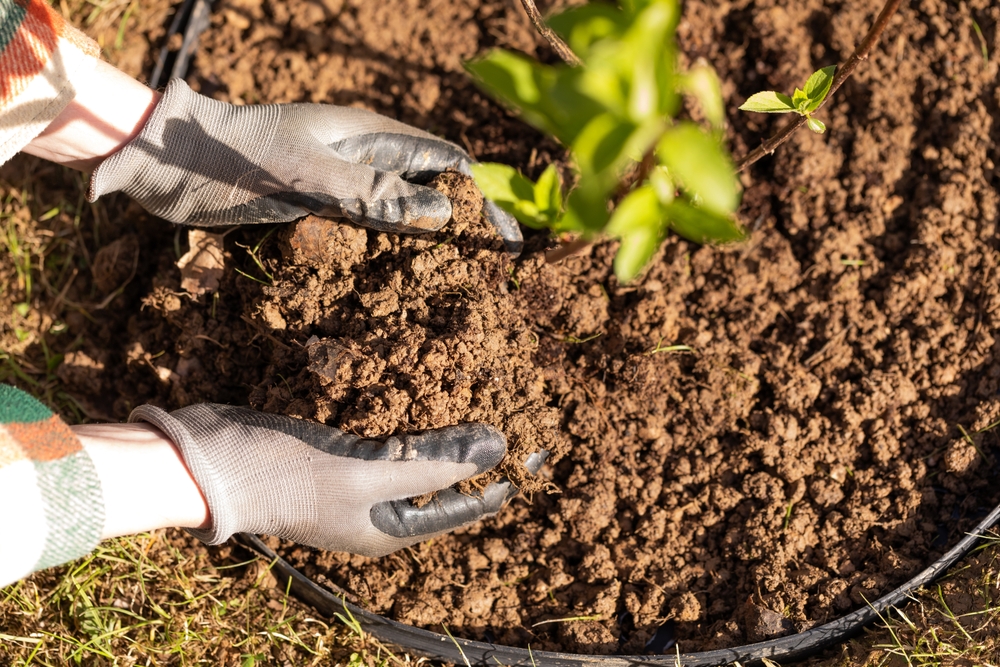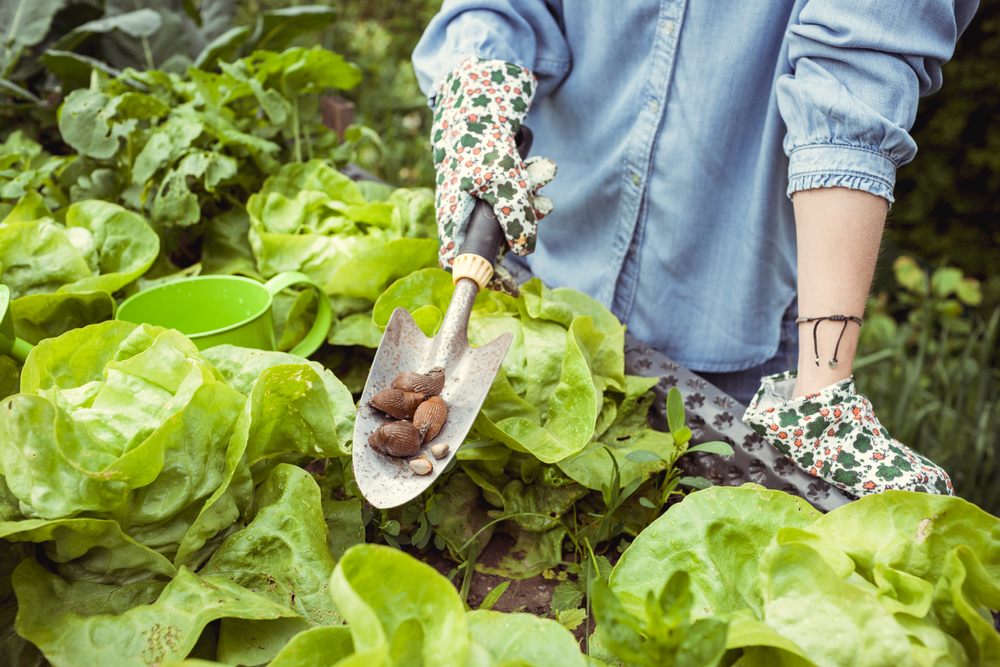How to Identify and Control Common Garden Pests Naturally
It’s a little sad to see your plants struggling because of pests, especially if you’ve put a lot of time and effort into growing them. If you’re worried about the risks of using chemicals to fend off the bugs, natural pest control is the way to go.
By controlling pests naturally, you can keep the soil and your plants healthy, and in return, it makes your garden a safe space for your pets and family. By the time you’re finished reading, you’ll be excited to try these natural pest control methods in your garden.
This post may contain affiliate links, which helps keep this content free. Please read our disclosure for more info.
Why Natural Pest Control Is the Better Choice

When you use natural methods, you’re helping more than just your plants. There’s less chance of chemicals going deep into the ground or washing into nearby water, which makes a big difference over time.
It’s also a lot safer for kids, pets, or anyone who likes to hang out in the yard. It also allows helpful bugs to pollinate your plants and birds to fend off pests.
How to Spot Signs of Pest Damage

Most pests leave behind pretty obvious signs once you know what to look for. Keep an eye out for these damages on your plants.
- Holes in leaves, wilting, or yellowing
- Chewed stems near the soil line come from cutworms
- Bite marks or leaf skeletons usually come from beetles and caterpillars
- If you see sticky residue, look out for aphids
- Slugs and snails leave shiny or slimy trails behind.
Catching these signs early gives you the best chance to stop the damage before it spreads.
Most Common Garden Pests and How to Identify Them

There are a lot of bugs and pests that may invade your garden. Here’s a quick rundown of the most common ones you’ll find.
- Aphids are tiny bugs that gather on new growth. If your plants feel sticky and leaves are curling, you probably have a few hanging around.
- Slugs and Snails prefer cool, damp spots, and they usually come out at night. They usually leave holes and a slimy trail.
- Cutworms chew through stems at the base of young plants, especially in spring.
- Spider Mites are almost too small to see, but they leave fine webs and make leaves look dusty.
- Caterpillars, especially cabbage worms, go after leafy greens.
- Japanese Beetles are easy to spot thanks to their shiny green shells. They love feeding in during the day and leave behind skeletonized leaves.
These are just some of the garden pests that you may find in your garden. There’s no need to panic, as there are natural pest control methods that you can use to fend them off.
Creating a Garden Environment that Discourages Pests

Pests are less likely to go for healthy plants. So, start taking care of your soil and add compost to keep it in shape. You can also add mulch to help protect the plant roots and prevent pests from settling in.
Don’t be afraid to pull out plants that look like they’re beyond saving. It’s better to take care of them before they affect your other plants.
Natural Pest Control Methods That Work

Not a fan of using chemicals? These natural pest control methods will help you keep pesky bugs in control.
- Sometimes the best method is the simplest. You can pick off beetles and caterpillars by hand, lure slugs away, or use sticky traps for flying pests.
- Having lots of flowers and herbs in your garden attracts beneficial insects like ladybugs and tiny wasps, which are the natural predators of some common pests.
- Neem oil and garlic oil can fend off different pests, while insecticidal soap works on aphids.
- Add barriers like row covers, copper tape, or crushed eggshells to keep off surface pests.
- Adding certain plants in your garden, like tomatoes and marigolds, naturally repel certain pests and bugs.
When to Seek Organic Products and What to Look For

If you find your pest problem too overwhelming, going for organic options can help. Find products that are good for organic gardening. Check the labels and make sure to follow the instructions to avoid doing damage to your garden.
Think of organic products as your backup plan and focus on preventing and controlling the pests.
Seasonal Pest Control Tips

Each season brings different pests, so it’s best to prepare and plan ahead.
- Before spring comes, add floating row covers to protect your seedlings.
- When it’s summer, don’t forget to check your plants often for damage.
- As for the fall season, clean up the fallen leaves and other debris that pests can use as a shelter.
Use the winter season to clean the tools you use and prepare your garden beds until it’s time to plant again.
Chemicals aren’t the only solution to keep pests off your healthy garden. All it takes is a little attention, some creative measures, and dedication to keep them under control naturally.
Remember to watch your plants regularly, check signs of disease or damage, and go for a garden that invites helpful bugs and birds to help you with your pest control. Small changes go a long way towards keeping your plants safe from bugs.
This article originally appeared on Avocadu.
